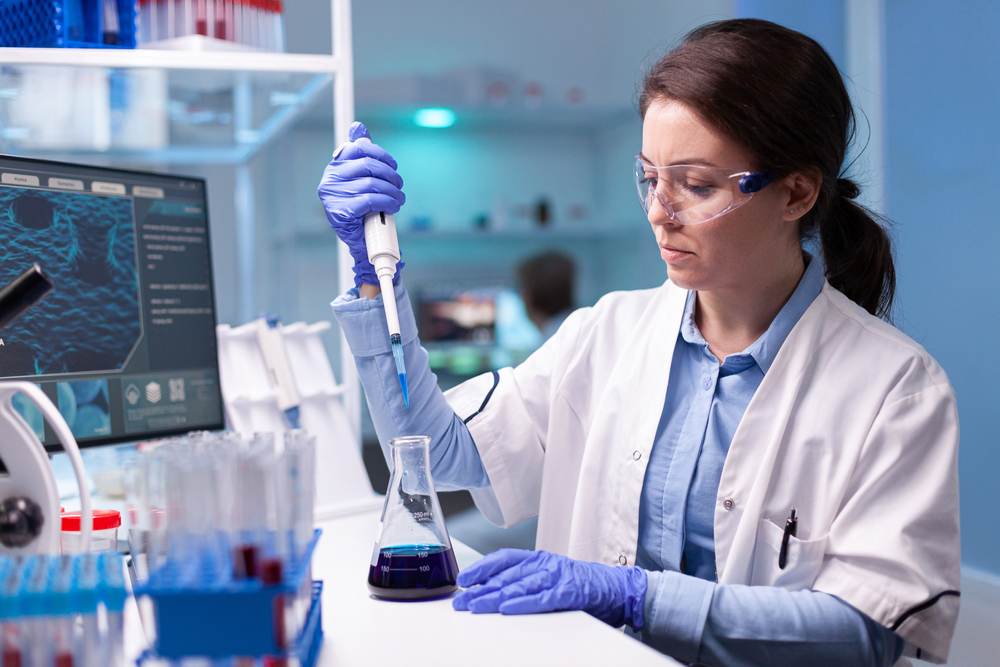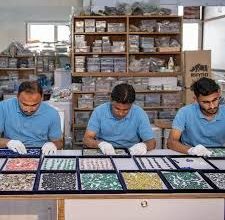Step into any working laboratory, and you will find a fascinating world of scientific discovery and innovation. The lab is where groundbreaking research takes place, from medical advancements to new technological developments. But what exactly happens inside a laboratory? What kind of procedures are followed, and what type of equipment is used? In this article, we will give you an inside look into the workings of a laboratory. We will delve into the lab procedures, equipment, safety measures, and the roles of lab technicians.
Understanding the Lab Environment
In a working laboratory, everything is meticulously organized and planned. From the placement of equipment to the scheduling of experiments, every detail matters. A well-structured lab environment is crucial for efficient work and accurate results. The lab is typically divided into different sections, each dedicated to a specific type of research or experimentation.
Lab Procedures: A Step-by-Step Guide
Stepping into a lab, one is immediately aware of the meticulous procedures that govern every aspect of the process. The reason for this is simple – precision is the cornerstone of scientific research, and accuracy and reliability underpin the validity of all lab results. So, let’s take a moment to appreciate the importance of these procedures, which begin the second a sample or specimen is collected and only conclude with the final analysis of the results.
The handling and storage of samples, for instance, is a finely-tuned process that can greatly impact the outcome of the entire experiment. Each sample must be treated with care, stored correctly, and adequately labeled to ensure there are no mix-ups. This might seem obvious, but even the smallest error can lead to significant inaccuracies.
Then comes the equipment – the backbone of any lab. Proper use of these tools is not just crucial for accurate results, but also for the safety of those working in the lab. Misuse can not only ruin an experiment but also put lives at risk.

Essential Lab Equipment
The working laboratory is home to a range of specialized equipment. From microscopes and spectrometers to centrifuges and autoclaves, each piece of equipment plays a vital role in the lab’s functions. The equipment is used for various tasks like sample analysis, measurement, and testing.
The Role of Lab Technicians
Lab technicians hold a crucial position in the realm of scientific research and exploration. These unsung heroes, working tirelessly behind the scenes, serve as the backbone of any lab-based operation. Whether it’s in the medical field, environmental research, or material testing, lab technicians bring the magic of science to life.
They are the custodians of precision, ensuring that every sample, every test, and every result is accurate, reliable, and reproducible. These meticulous professionals are tasked with the role of handling complex lab equipment, performing a myriad of tests, and analyzing results with utmost precision.
However, their role extends beyond simple testing. Lab technicians are also responsible for maintaining the safety standards of the laboratory, making sure that all procedures adhere to strict regulatory guidelines. They’re the guardians of the lab, keeping an eagle eye out for any potential hazards or contaminations.
Moreover, lab technicians contribute greatly to scientific advancements. Their diligent work, often the first step in a research project, lays the groundwork for scientists and researchers to make groundbreaking discoveries.
Lab Safety: A Priority
Safety is paramount in a working laboratory. There are strict safety guidelines that must be followed to prevent accidents and ensure the well-being of the lab staff. This includes wearing appropriate lab attire, handling chemicals and equipment safely, and maintaining a clean and organized workspace.
The Outcome: Lab Research and Results
The ultimate goal of any working laboratory is to produce reliable research and results. Whether it’s a medical lab testing patient samples or a research lab working on the next big scientific discovery, the results generated in a lab have far-reaching implications.
Conclusion: The Significance of a Working Laboratory
A working laboratory is more than just a place where experiments are conducted. It’s a hub of innovation and discovery, contributing significantly to advancements in various fields. By understanding the procedures, equipment, and safety measures in a lab, we can appreciate the hard work and dedication that goes into every scientific breakthrough.
In this article, we’ve taken you behind the scenes of a working laboratory. We hope this glimpse into the world of lab research has given you a deeper understanding and appreciation of the work that takes place in these vital institutions.
As we continue to rely on scientific research to solve our world’s challenges, the importance of the working laboratory cannot be overstated. It is here, amidst the test tubes and microscopes, that the future is being shaped.




